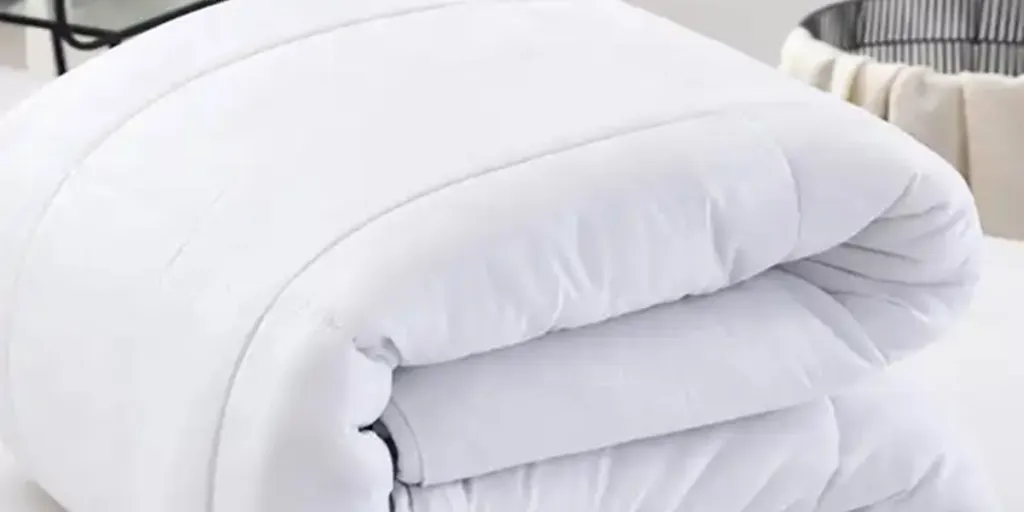Many individual and commercial customers use doonas or duvets to complete their bed set. This is because they are comfortable, convenient, and easily washable.
Still, there is more to the doona market than many retailers may be aware of. That’s why this article highlights the market outlook for doonas, and offers a guide that will ensure retailers are able to select the best options for their buyers for 2024.
Table of Contents
Global doona market outlook
Your guide to doonas in 2024
Final thoughts
Global doona market outlook
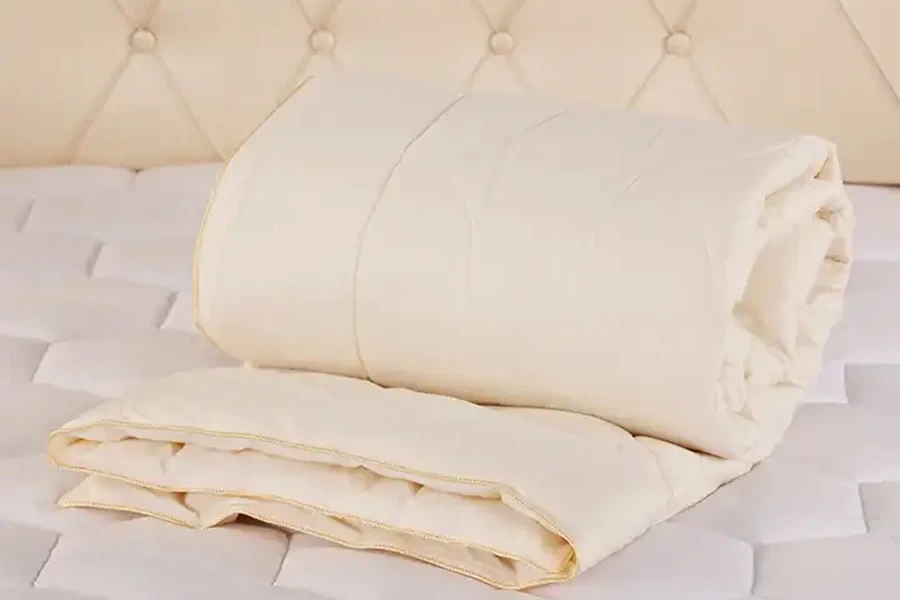
Persistence Market Research forecasts a compound annual growth rate (CAGR) of 3.2% for the doona market from 2022 to 2032. The value of this market in 2022 was USD 1.93 billion and is anticipated to reach USD 2.64 billion by 2032.
Keyword search data
Google Ads search figures for doonas were 246,000 in December 2022. This figure increased by 92.65% to 3,350.000 in November 2023. Still, this figure was unusual and quickly reverted to averages of over 240,000 monthly.
Keyword searches for “duvet” were 673,000 in December 2022. This interest rose by 32.7% to 1,000.000 in November 2023.
Driving forces
Everything from breathable waterproof textiles to growing hospital and hospitality sectors is driving duvet sales.
Similarly, some countries show preferences for certain doona fabrics over others. For instance, Japan favors silk duvets, while the U.K. has a large market for waterproof ones. Natural materials are also popular worldwide. Still, Europe leads in duvet sales, with North America being the second largest buyer of this type of bedding.
Additional factors are driving doona sales. These include a desire for luxury bedding, increasing disposable incomes, and healthy living.
Your guide to doonas in 2024
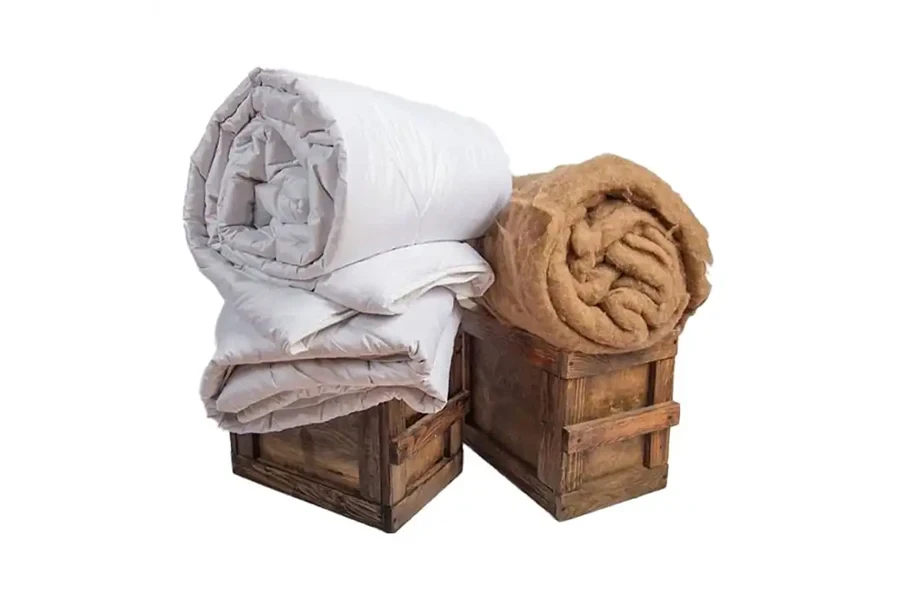
Doonas are known by different names across cultures. These names include duvets, quilts, or comforters. Doonas and quilts are the most common term in Australia for bedding inserts requiring coverings. Europe and North America prefer to call this type of bedding duvets.
Quilts are typically loose coverings in some other cultures, and comforters are lightly quilted, padded bed coverings. Like inserts, these bedding preferences are ideal substitutes for blankets.
In this article, the discussion focuses on inserts requiring coverings. These inserts are categorized according to fill material, weight, and size.
Duvet fill material
Doona fillings consist of either synthetic or natural stuffings. Each produces a different sleep environment.
Microfibre fill
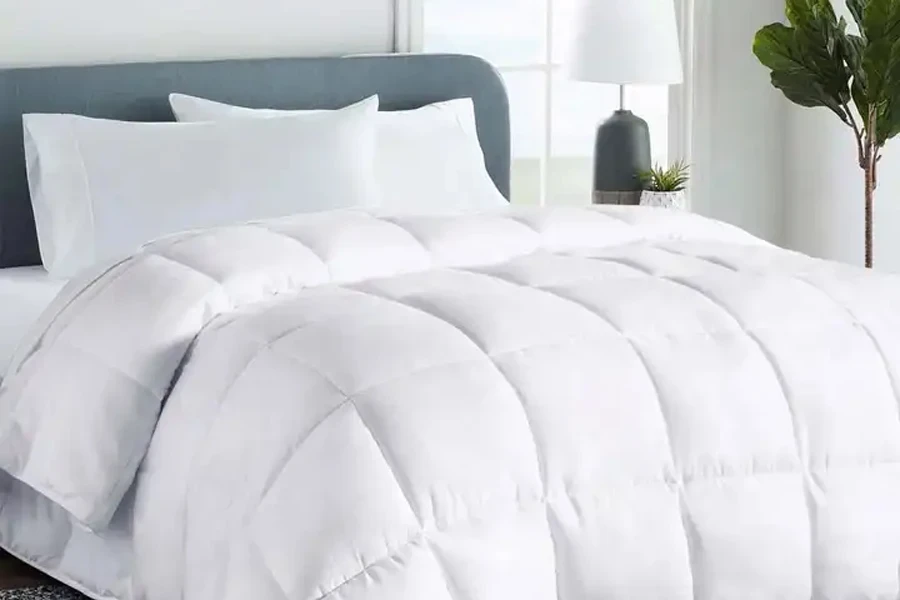
Microfiber is a synthetic textile derived from wood pulp, nylon polymers, or polyester. It is durable, wrinkle-resistant, and breathable. Although not as breathable as natural cotton, microfiber doona fillings are warming. They are also machine washable, budget-friendly duvet choices, meeting many customer standards.
Polyester doona

Polyethylene terephthalate (PET) or polyester is a standard textile used in duvet inners. It is affordable, durable, lightweight, machine washable, and wrinkle-resistant. However, polyester is not breathable, so it has a warming effect in warmer temperatures but is pleasantly warm in cool weather.
Pure cotton insert
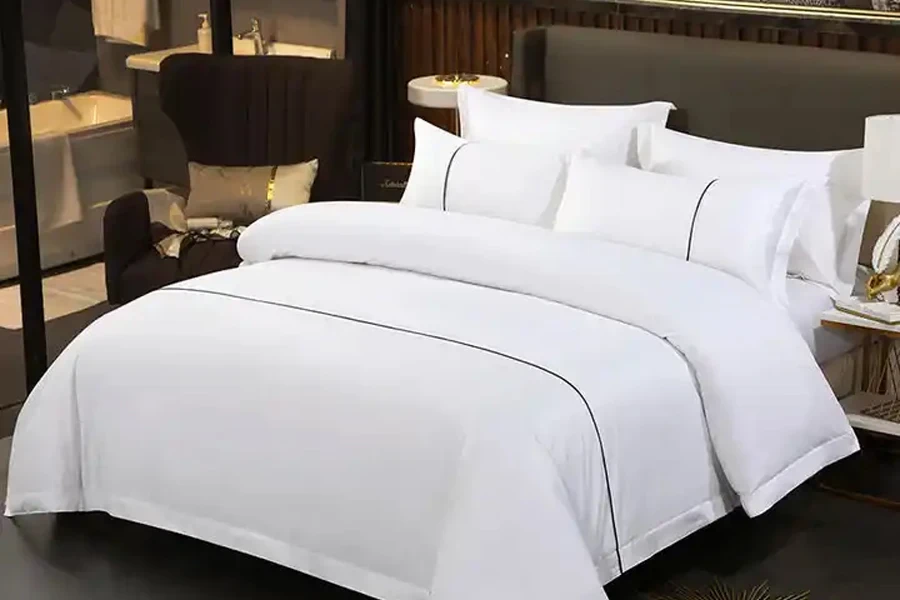
Cotton is a natural, breathable, and cool doona fill. Ideal in a warmer climate, many customers may prefer heavier inners during the colder months.
Wool doona
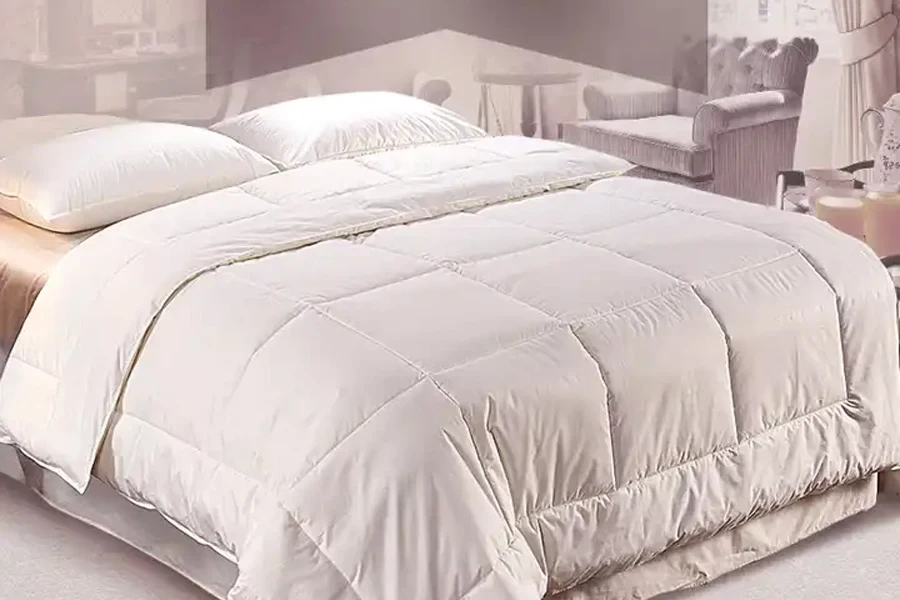
Wool quilts or doonas are warm and snug, making them ideal for winter weather. This natural fiber also has body temperature-regulating characteristics and is a highly breathable textile.
However, the price increases as high-quality doona inners move from synthetic to natural fibers. This increasing quality typically means that the natural doonas are better suited to higher-income markets.
Duck or goose down and feather duvets
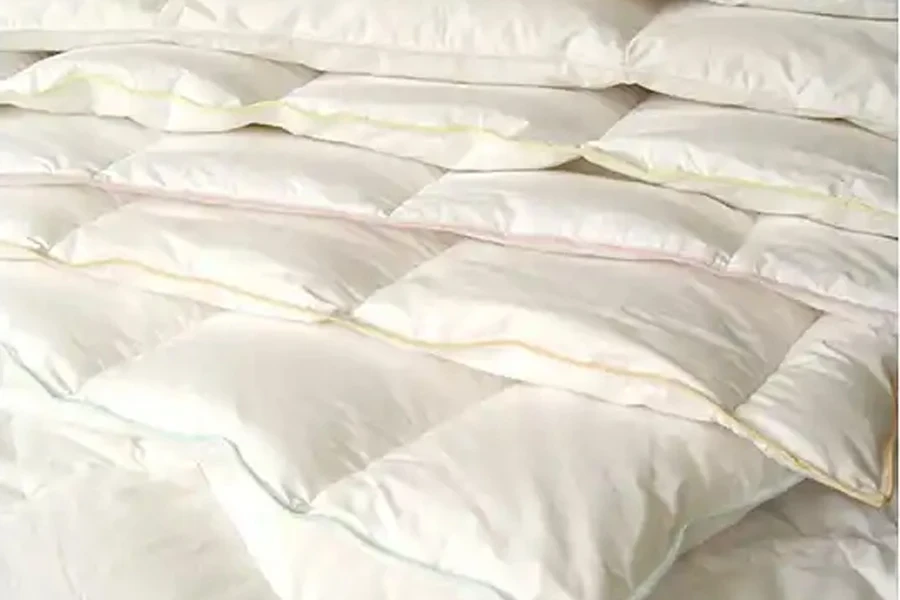
Inserts with varying levels of goose feathers and down are luxurious and comfortable. The degree of feathers and down in the insert determines the grade of this bedding, indicating their suitability for summer or winter weather.
The doona is cooler and suitable for the summer months when the feather volume is higher than down. The opposite also applies, so higher down percentages indicate perfect winter doonas. However, goose or duck feathers can cause allergies, so these doonas are not a great choice for sensitive customers.
Besides the type of filling, its weight also makes a difference to the doona’s comfort and quality.
Doona weight
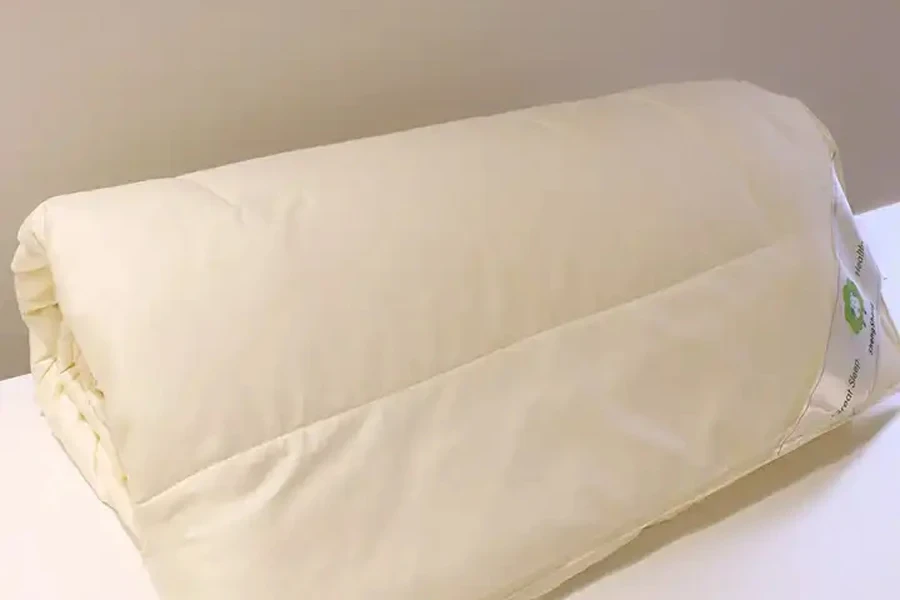
Duvet weights help us understand whether they suit summer, winter, or all seasons. The bedding industry uses grams per square meter (GSM) to measure doona inners.
When the doona contains higher levels of GSM, it is heavier and attracts more air than lighter inners. The more air it traps, the warmer the inner and the longer it takes to cool.
Accordingly, this list provides a guide for retailers in stocking products throughout the year:
- Lightweight summer doonas should contain between 150 and 350 GSM.
- Heavyweight doonas for colder climates should weigh 450+ GSM.
- Light to medium weight all seasons doonas should be 200 to 400 GSM.
- Doonas with detachable segments can increase or decrease the overall GSM for different seasons.
Doona sizes
As expected, various size doonas are available to fit all beds. These sizes range from single beds to three-quarter, double, Queen, split-Queen, King, split-King, and Super King mattresses.
Retailers can use existing sales data to guide doona sizes for local markets.
Final thoughts
Customer behavior varies across countries and regions. Retailers should consider global drivers and local customer behaviors when stocking doonas.
Additionally, retailers should consider placing a selection of duvet orders with different inners, weights, and sizes for their specific markets.
The Alibaba.com showroom is an ideal place to explore supplier offerings in the bedding sector for one’s customer base.
